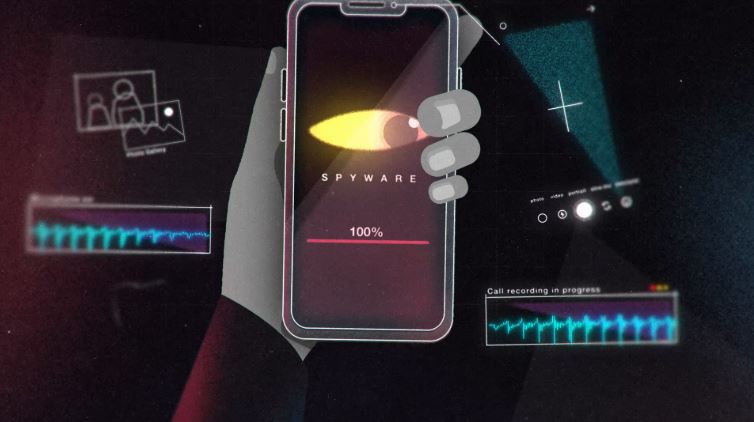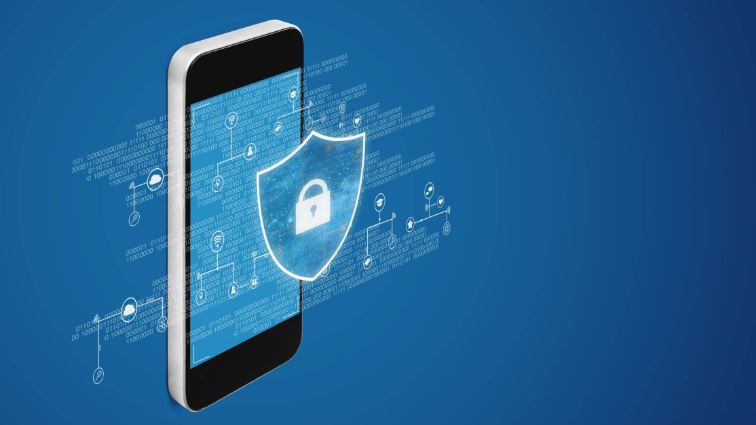With the increasing reliance on smartphones for everyday tasks, features like mobile screen sharing have become essential for virtual meetings, presentations, and entertainment. However, these conveniences come with security risks, making mobile screen sharing a potential target for hackers looking to access your personal data.
What is Mobile Screen Sharing Hacking?
Mobile screen sharing hacking occurs when cybercriminals exploit vulnerabilities in screen-sharing functionalities to monitor activities, access sensitive files, or control devices remotely without the user’s knowledge.

How Does Screen Sharing Hacking Happen?
Hackers use various techniques to gain unauthorized access to screen-sharing functions, including:
- Public Wi-Fi Attacks – Unsecured networks can be exploited to intercept screen-sharing data.
- Malicious Apps – Unverified applications may contain malware designed to exploit screen-sharing permissions.
- Operating System Vulnerabilities – Outdated software may have security flaws that hackers can exploit.
Risks of Mobile Screen Sharing Hacking
If your mobile screen sharing is compromised, you may face:
- Privacy Violations: Hackers can view sensitive information, including messages, documents, and images.
- Data Theft: Financial credentials or personal details entered during screen sharing may be stolen.
- Device Control: Cybercriminals may gain remote access to your phone, executing unauthorized actions.
How to Protect Yourself from Screen Sharing Hacks
To prevent unauthorized access to your screen-sharing functions, follow these best practices:
- Use Secure Networks: Avoid public Wi-Fi when sharing your screen.
- Keep Your OS Updated: Regular updates fix security vulnerabilities.
- Download Apps from Trusted Sources: Only install apps from official stores like Google Play or the Apple App Store.
- Use Security Software: Antivirus and security apps can detect malicious activities.
- Turn Off Screen Sharing When Not in Use: Disable the feature after completing your task.
What to Do If You Suspect a Screen Sharing Hack?
If you believe your device has been compromised:
- Immediately turn off screen sharing.
- Remove any suspicious apps.
- Change your passwords.
- Reset your phone if the issue persists.

Conclusion
While mobile screen sharing is a convenient tool, it poses security risks if not used cautiously. By following best practices and being aware of potential threats, you can safeguard your data from unauthorized access.
